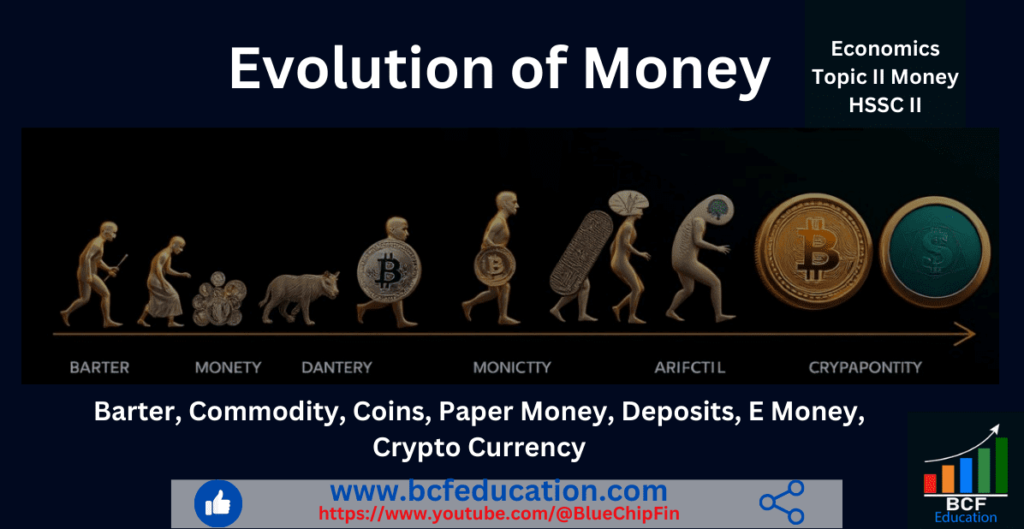Total Utility, Marginal Utility, Point of Satiety & Types of Utilities is the effort to explore the essentials of total utility and marginal utility in this blog, uncovering their relationship and impact on consumer choices. Discover the different types of utility, from form to time and place, and how each influences satisfaction and decision-making in our daily lives. This topic is equally important for the students of economics across all the major Boards and Universities such as FBISE, BISERWP, BISELHR, MU, DU, PU, NCERT, CBSE & others & across all the business & finance disciplines.
Table of Contents
2.2 Exploring Total Utility, Marginal Utility, their relationship & types of Utilities
Total Utility
Total utility is the total satisfaction obtained by the consumer of consuming certain good. It is the sum of marginal utility. It is expressed in equation given below:
T.U = ∑M.U
T.Un = M.U1 + M.U2 + M.U3…….M.Un
| Consumption of Apples | Utils | Total Utility T.U | Marginal Utility M.U |
| 1 | 60 | 60 | 60 |
| 2 | 50 | 110 | 50 |
| 3 | 40 | 150 | 40 |
| 4 | 30 | 180 | 30 |
| 5 | 20 | 200 | 20 |
| ∑M.U = 200 |
Explanation
At the consumption of 5th apple, total utility is 200 whereas sum of marginal utility is also 200.
Marginal Utility
Marginal utility is the utility of last unit consumed or change in utility after consuming one additional unit of good or it is simply the change in total utility. In other words, it is an incremental or additional utility.
Marginal utility of X product can be presented in formula given below:
\[ \mathbf{M.U}_{\mathbf{x}}\mathbf{=}\frac{\mathbf{Change\ in\ Total\ Utility\ of\ x}}{\mathbf{Change\ in\ Quantity\ Consumed\ of\ x}}\]
\[ \mathbf{M.U}_{\mathbf{x}}\mathbf{=}\frac{\mathbf{\mathrm{\Delta}\ T.Ux}}{\mathbf{\mathrm{\Delta}\ Qx}}\ \]
\[ \mathbf{M.U}{\mathbf{x}}\mathbf{=}\frac{\mathbf{T.U}{\mathbf{n}}\mathbf{-}\mathbf{T.U}{\mathbf{n – 1}}}{\mathbf{Q}{\mathbf{n}}\mathbf{-}\mathbf{Q}_{\mathbf{n – 1}}}\ \]
| Consumption of Apples | Utils | Total Utility T.U | Marginal Utility M.U |
| 1 | 60 | 60 | 60 |
| 2 | 50 | 110 | 50 |
| 3 | 40 | 150 | 40 |
| 4 | 30 | 180 | 30 |
| 5 | 20 | 200 | 20 |
| ∑M.U = 200 |
In above table, the marginal utility at the consumption of second apple is the difference of total utility 110 – 60 = 50 similarly at the consumption of third apple, it is the difference of 150 – 110 = 40 and so on.
Point of Satiety & Types of Utilities
Under the law of diminishing marginal utility, it is observed that while consuming more goods, total utility first increases with decreasing rate and after some certain point it declines.
On the other hand, marginal utility decreases as consuming more goods till the point at which marginal utility becomes zero and beyond that point, it turns negative.
Point of satiety or saturation is the point at which consumer gets maximum total utility and that is the point at which marginal utility becomes zero and beyond that point, consumer gates negative marginal utility and declines in total utility.
This relationship can be seen in the table and diagram given below:

| Consumption of Apples | Utils | Total Utility T.U | Marginal Utility M.U |
| 1 | 60 | 60 | 60 |
| 2 | 50 | 110 | 50 |
| 3 | 40 | 150 | 40 |
| 4 | 30 | 180 | 30 |
| 5 | 20 | 200 | 20 |
| 6 | 10 | 210 | 10 |
| 7 | 0 | 210 | 0 |
| 8 | -10 | 200 | -10 |
| 9 | -20 | 180 | -20 |
| 10 | -30 | 150 | -30 |

Types of Utilities
Form Utility
Form utility refers to the value added to a product through changes in its physical form. This involves transforming raw materials or intermediate goods into finished products that meet consumer needs.
Place Utility
Place utility refers to the value added by making products and services available in locations convenient for consumers. This involves the distribution and logistics aspects of getting products from where they are produced to where they are needed.
Time Utility
Time utility refers to the value added to a product or service by having it available at the time when it is most needed or desired by consumers.
Service Utility
Service utility refers to the value added by providing excellent service to enhance the customer’s experience with a product or service. This concept focuses on the quality and level of service provided such as doctor, teacher, lawyer etc.
Possession Utility
Sometimes utility is added or obtained through its possession or ownership such as business transfers to the other ownership in order to get better utility so Possession utility refers to the value added to a product or service by facilitating its ownership.
Knowledge utility refers to the value added by providing information and knowledge that helps consumers make informed decisions and use the product effectively. This involves enhancing consumer awareness and understanding.
Natural Utility
Natural utility refers to the inherent value or usefulness derived from natural resources without significant modification or processing by humans such as water, soil, air etc.
Related Articles
Evolving different thoughts of Economics
2.1 Theory of Consumer Behaviour





